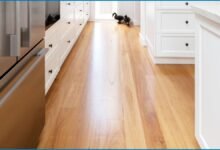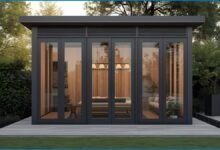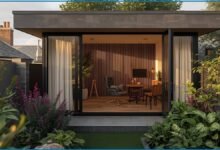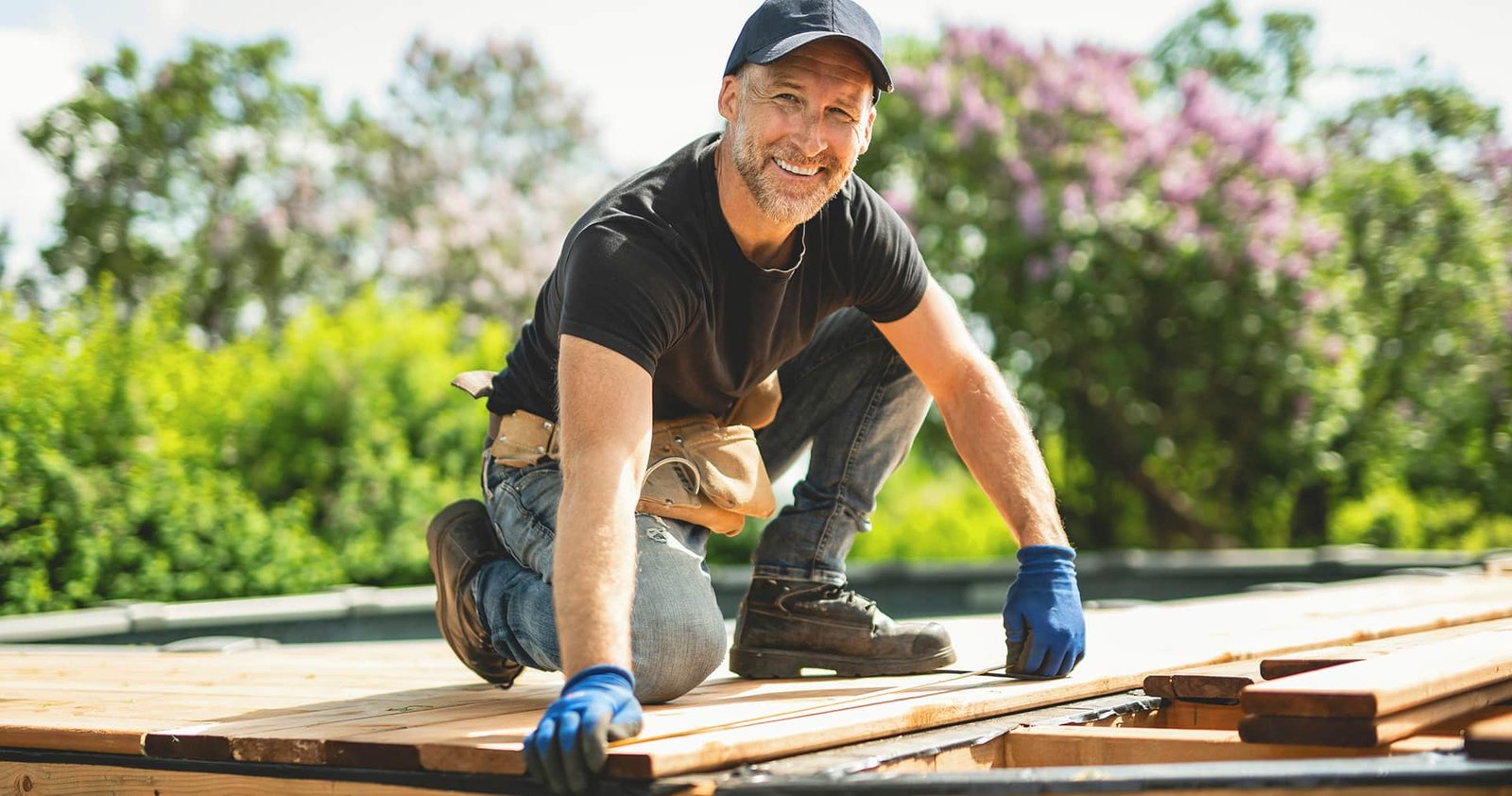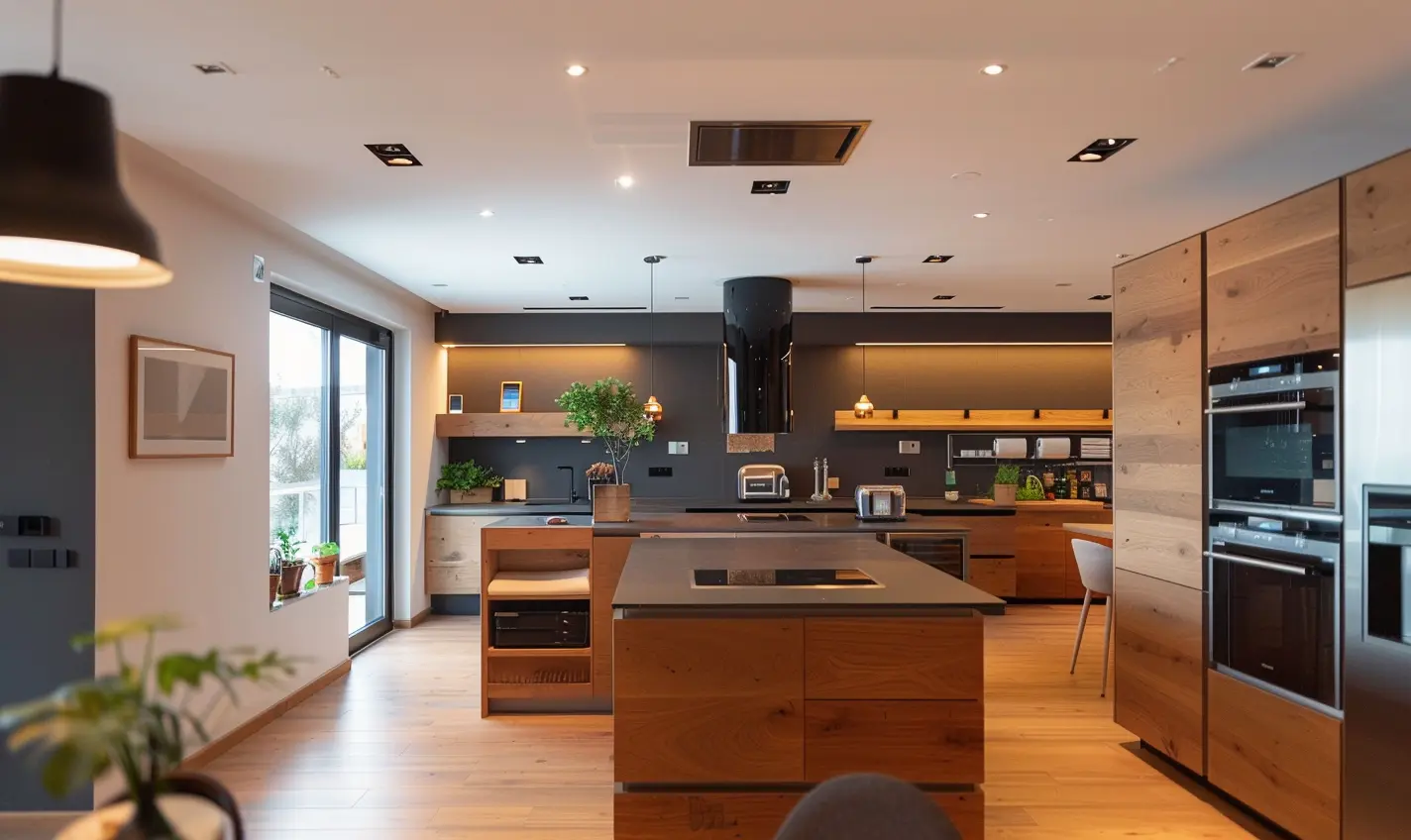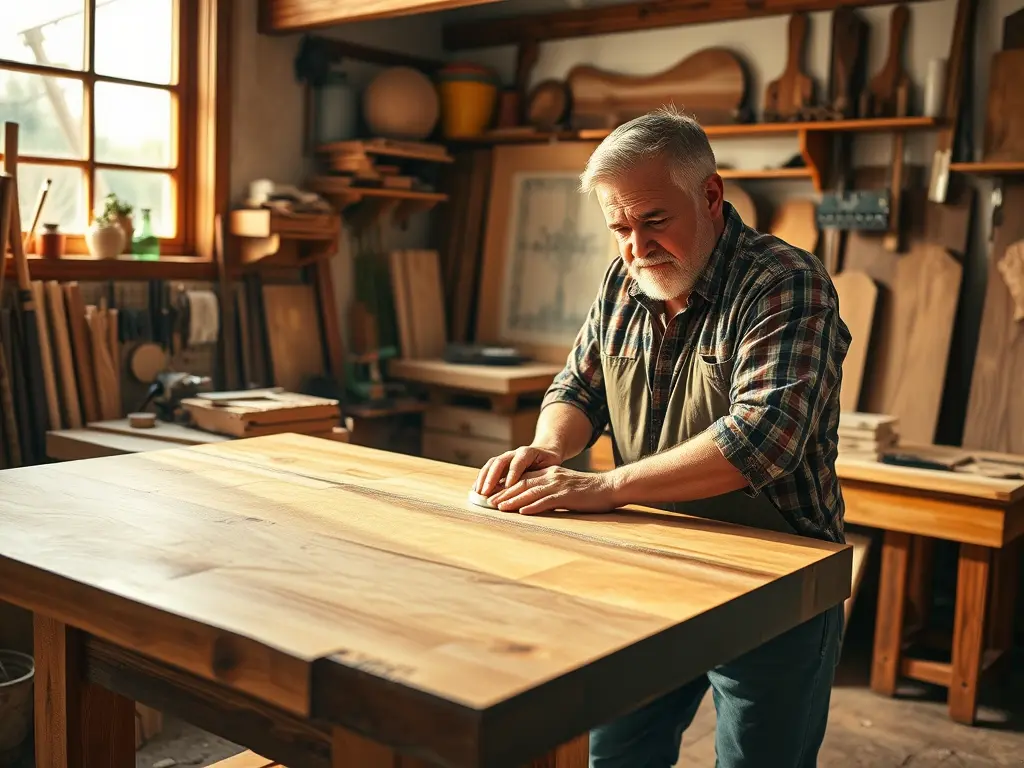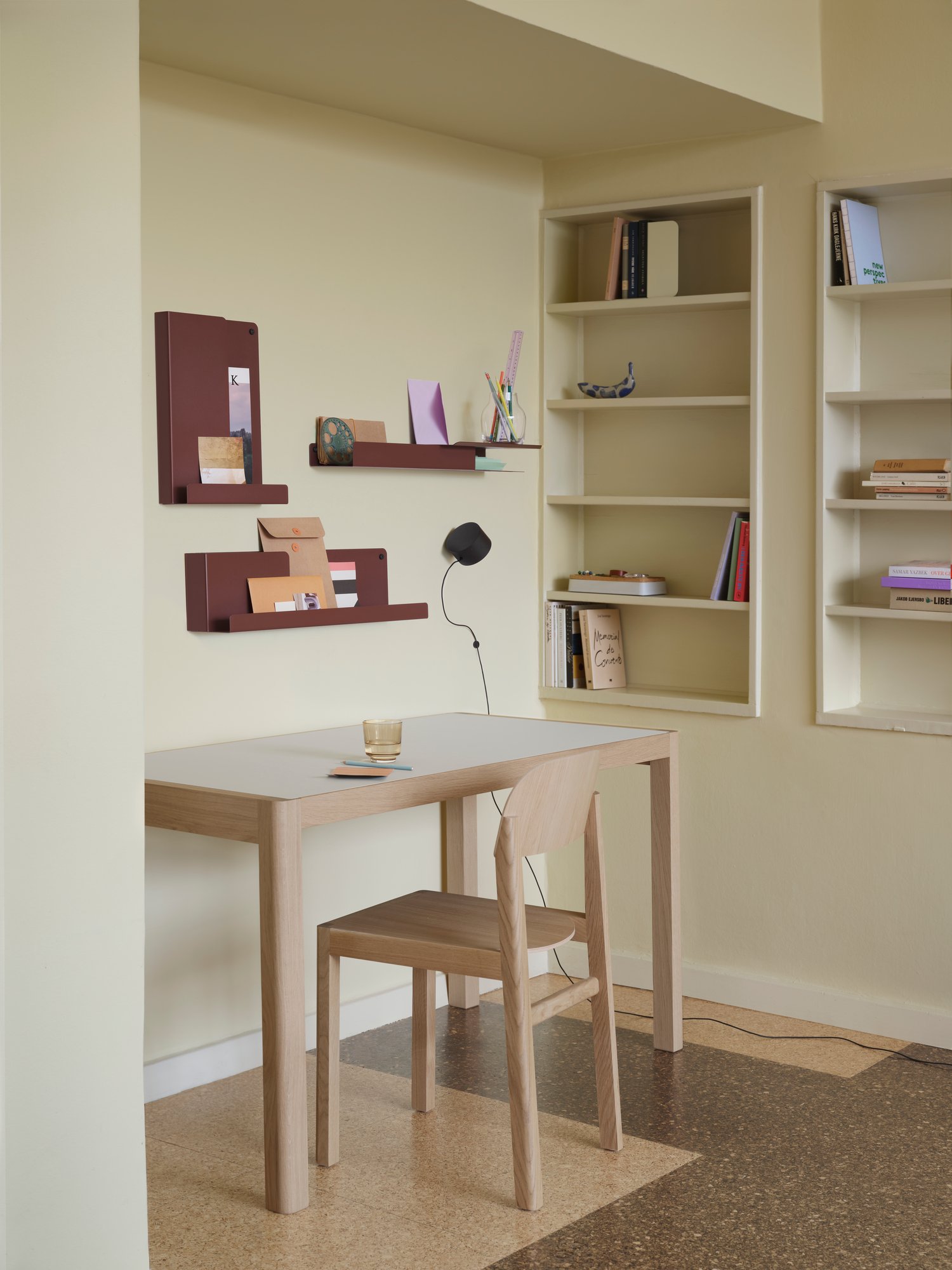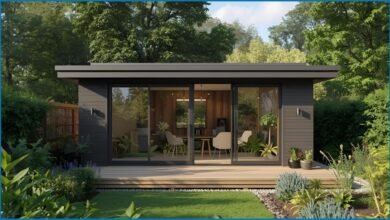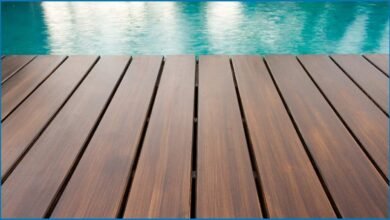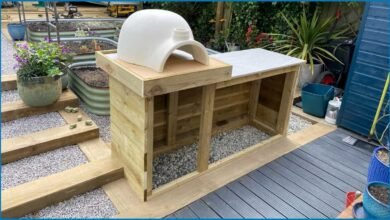Western Red Cedar Cladding: A Warm and Lasting Choice for UK Homes 🏡
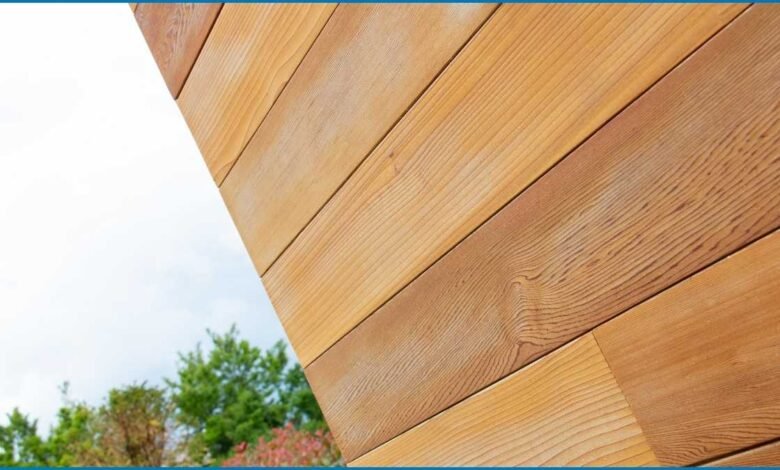
If you’re drawn to the warm, natural beauty of wood, **Western Red Cedar cladding (WRC)** is one of the best choices available for UK projects. Known for its rich colors and stunning grain patterns, it offers a timeless look that suits everything from sleek, modern architecture to charming, traditional homes. Beyond its visual appeal, Cedar is highly valued for being naturally lightweight, dimensionally stable, and naturally durable, making it an excellent, low-maintenance option for long-term performance in the UK’s climate. Whether you’re planning a new build, a garden room, or an elegant extension, Cedar cladding offers a contemporary timber façade that matures beautifully with minimal upkeep.
What is Cedar Cladding?
Cedar cladding is simply an external timber covering made from Western Red Cedar (WRC). Thanks to its **natural oils** and low density, WRC is easy to handle, naturally resists decay and movement, and weathers gracefully. When new, the panels showcase warm, varied brown tones. If left untreated, they will gradually turn a soft, silvery-grey—a sought-after finish for modern British architecture and coastal designs.

Looking to start your project? Explore the sustainable options for Cedar, including standard UK-friendly sizes and technical details.
Why Choose WRC Timber Cladding for UK Projects?
When selecting exterior timber cladding for UK projects, Western Red Cedar offers a compelling combination of natural performance, ease of use, and aesthetic versatility. From its stability in varied weather to its low-maintenance appeal and robust sustainability credentials, WRC is a fantastic choice for architects, builders, and homeowners alike. Here’s why it’s a top pick for a wide range of cladding applications:

- Naturally Durable: Cedar’s inherent resistance to rot and insects makes it perfectly suited for the often damp UK weather.
- Lightweight and Stable: It’s easier to cut and install than many hardwoods, with less seasonal movement.
- Low Maintenance: You can choose to leave it to weather naturally to a silver finish, or maintain its warm tones with a UV-protective oil, reapplied every few years.
- Strong Sustainability: Look for responsibly sourced timber with **FSC** or **PEFC** certification to ensure a lower embodied carbon footprint compared to many other building materials.
- Versatile Looks: It works beautifully with vertical or horizontal orientation, in profiles like Rainscreen, Shiplap, and Tongue & Groove (T&G).
Cladding Profiles and Styles (Choose Your Look)
Cedar cladding comes in several profiles, each offering a distinct aesthetic and installation method:
- Rainscreen (Open Joint): A striking, contemporary effect with a shadow line; requires a dark, breathable membrane behind it and provides excellent ventilation.
- Tongue & Groove (T&G): Offers clean lines and fast installation; suitable for vertical or horizontal application.
- Shiplap: The traditional overlapping profile that sheds water effectively; great for classic homes and outbuildings.
- Parallelogram Slats: Modern **’Cedar Slat Cladding’** popular for garden rooms, fencing, and feature walls.
Open Joint Rainscreen

Tongue and Groove Profile

Shiplap Profile

Parallelogram Slats

Design Tip: Vertical cladding can make a single-story height appear taller, while horizontal boards can visually widen a narrow façade.
Planning and Installation Tips for Timber Cladding (UK)
Careful planning and installation are key to getting the best performance from your timber cladding in UK weather conditions. Paying attention to ventilation, fixings, and detailing ensures your cladding looks fantastic and lasts for decades.

- Ventilation Cavity: Always include a drained and vented air gap behind the boards; this is essential for longevity and preventing moisture buildup.
- Correct Fixings: Use **stainless steel** nails or screws to prevent unsightly black staining and ensure durability.
- Seal Cut Ends: Sealing the end grain of the boards reduces moisture absorption and movement.
- Detailing Matters: Flashing, drip edges, and keeping the cladding **150–200mm off the ground** are small details that make a huge difference to long-term performance.
- Substructure: Use treated battens and maintain the installation over a weather barrier membrane.
Finishes and Maintenance: Keep the Color or Go Silver?
You have a choice regarding the final look of your Cedar cladding:
- Natural Weathering: Expect a uniform **silver-grey** patina to develop within 6–18 months, depending on exposure (coastal sites weather faster). This natural process doesn’t reduce performance.
- Clear/UV Oils: These are used to maintain the initial fresh, warm tone. Plan for gentle cleaning and re-oiling every 2–4 years, depending on sun exposure.
- Coloured Finishes: Pigmented stains can be used to coordinate a specific color palette across different elevations or features.

Maintenance Routine: Annual gentle rinsing, checking that ventilation is unobstructed, trimming back nearby plants, and only reapplying oil if you choose to maintain the original color.
Cost and Value
While **Western Red Cedar cladding** isn’t the cheapest timber option upfront, its fast installation speed, dimensional stability, and minimal maintenance requirements mean it offers excellent **value** over the lifetime of the façade. You are also investing in a beautiful curb appeal and a material with a lower embodied carbon footprint compared to many alternatives.
Frequently Asked Questions (FAQ)
Will Cedar turn grey?
Yes. If left unfinished, it will weather to a soft silver-grey. This process is purely cosmetic and does not compromise the performance or durability of the wood.
Is WRC suitable for coastal areas?
Absolutely. Western Red Cedar is highly durable and performs well in exposed UK coastal locations, provided you use the correct details and stainless steel fixings.
Should I install it vertically or horizontally?
Both orientations work well. The choice often depends on the specific cladding profile, how it sheds water, and the final aesthetic you wish to achieve for your home.
How often does Cedar need maintenance?
For a naturally weathered look, very little maintenance is required. If you choose to keep the warm tones, a UV-protective oil finish should be reapplied every 2–4 years, depending on sun exposure.
Can WRC be used on a timber frame house?
Yes. WRC works excellently with timber frame construction when properly installed over a vented cavity and using treated timber battens.
Is Cedar cladding sustainable?
Yes, especially if you source wood certified by **FSC (Forest Stewardship Council)** or **PEFC (Program for the Endorsement of Forest Certification)**. This ensures responsible harvesting and a low embodied carbon option.
Further English Sources and Information
- TRADA (Timber Research and Development Association) – UK-specific guidance on timber use.
- Western Red Cedar Lumber Association (WRCLA) – Comprehensive technical guides and specification information.
- Forest Stewardship Council (FSC) UK – Information on sustainably sourced timber.

